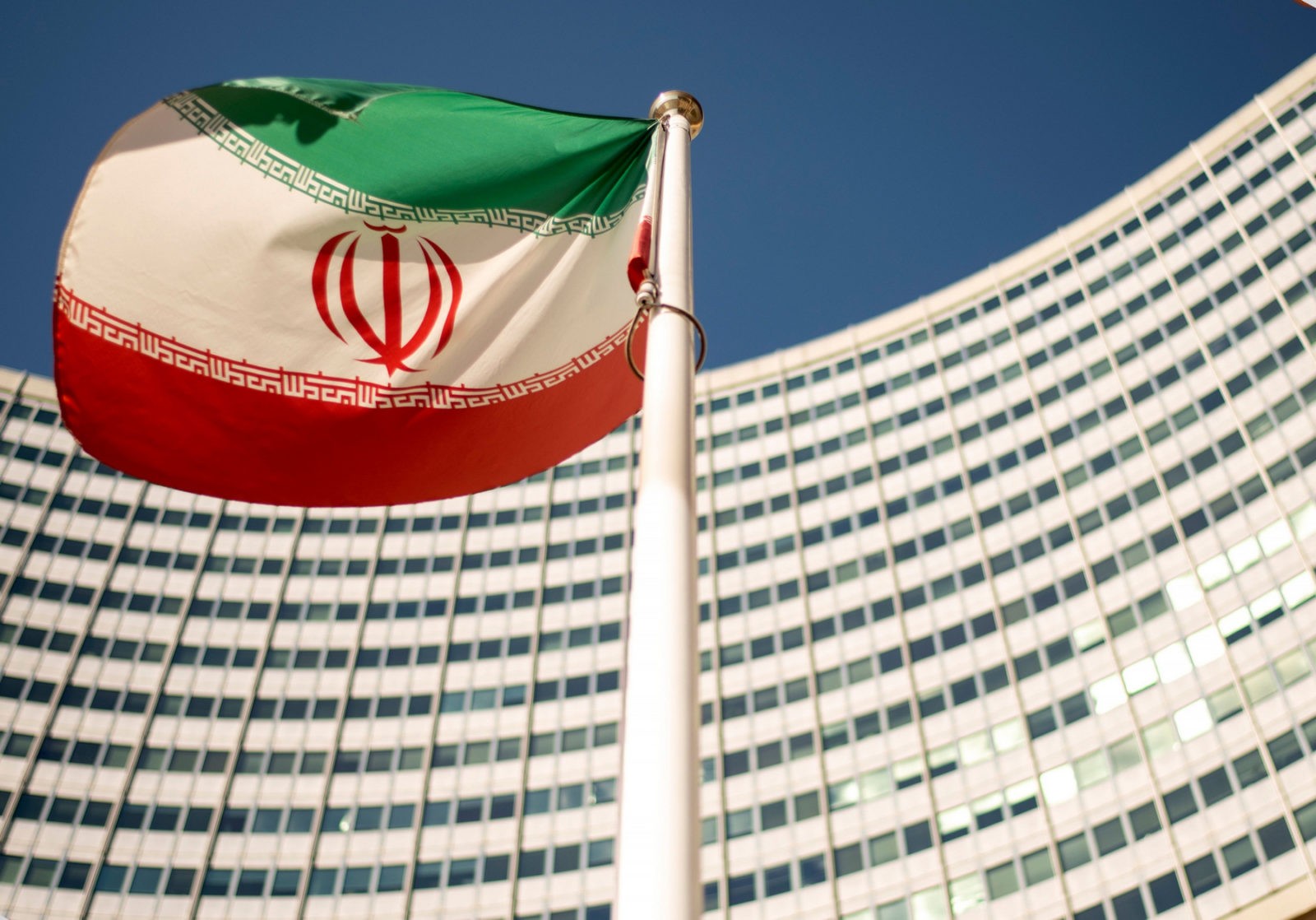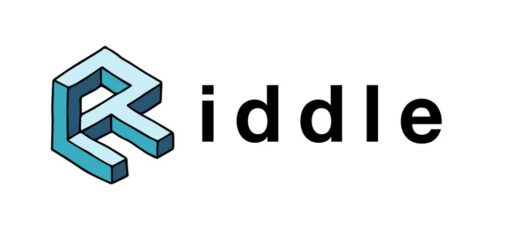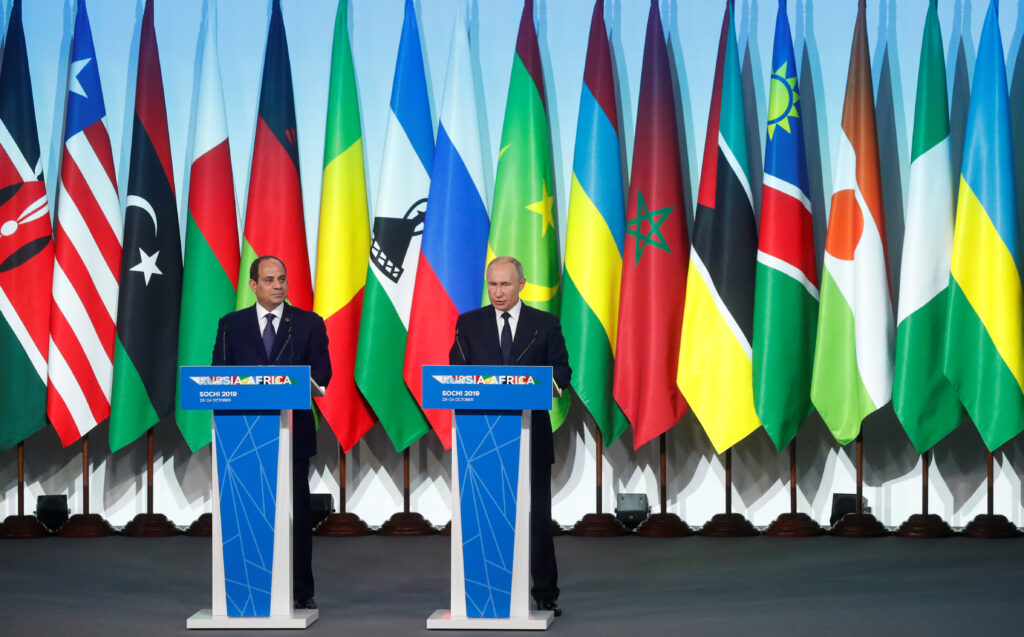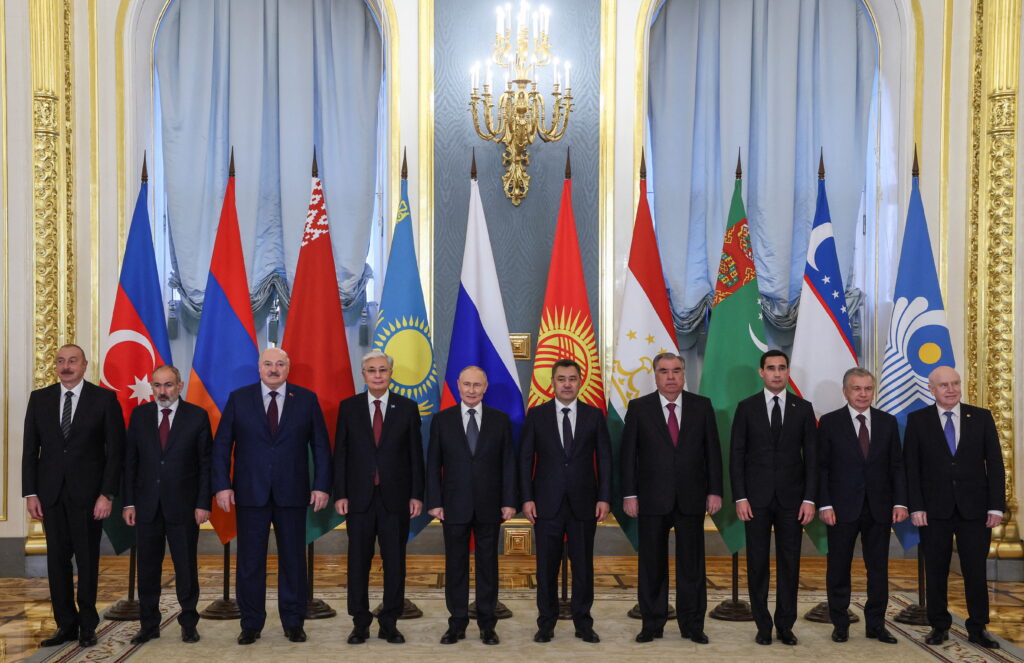The decision of US President Donald Trump to withdraw from the Joint Comprehensive Action Plan on Iran’s nuclear programme is one of the most significant events of recent years; it will have a lasting influence on the future of the entire Middle East. While it is difficult even in the short term to accurately predict how events in the Middle East will develop, it is still possible to trace certain trajectories for the region’s future development.
The US Withdrawal from the Iran Nuclear Deal: Where the Parties Stand
It is not an exaggeration to say that the Joint Comprehensive Plan of Action is one of the key international agreements in the field of nuclear disarmament, standing alongside the 1968 Treaty on the Non-Proliferation of Nuclear Weapons. But its importance was not only due to the fact that the international community managed to convince Tehran to make substantial concessions and abandon its plans for nuclear armament (furthermore, in the face of a volatile security situation in the region and the world at large.) Significantly, after its adoption many hoped that the Joint Comprehensive Plan of Action could become an effective mechanism for denuclearisation in future cases, such as resolving the situation around the North Korean nuclear programme.
As such, the US’s withdrawal from the Joint Comprehensive Action Plan deals a serious blow to the many years of work put into settling the dispute around the Iranian nuclear programme and integrating Iran into the world community under mutually beneficial conditions. A further trend of the Trump administration’s foreign policy has been its moves to stop Tehran’s influence across the Middle East (first and foremost, this policy is aimed at eliminating Iran’s presence in Syria.) As the White House sees it, given the renewal of sanctions against Iran and the country’s growing domestic political struggles, the government in Tehran is now simply unable to implement an active regional policy towards the Middle East.
At the same time, it is not worth putting any hopes in any dramatic changes in American policy towards Iran before the next US presidential elections in 2020. Although US strategy in the Middle East remains inconsistent and largely situational, that approach is already starting to look like a constant — and one which will not only remain fixed in coming years, but could only intensify. One of these constants is Washington’s prioritisation of its relations with Israel with an accordingly radical stance towards the Islamic Republic.
In fairness, it should be noted that the US’s uncompromising position is countered by a more balanced approach from the European Union and Russia, which also play important roles in the the Middle East. To date, all the other signatories of the Joint Comprehensive Plan of Action have repeatedly confirmed their intention to stick to the agreements reached in Vienna in 2015, regardless of the actions of the US. Their position is unlikely to be revised in the foreseeable future.
Much the same can be said of the leadership of the Islamic Republic itself. While Tehran once again exercises anti-American rhetoric and ritually burns US symbols, it will continue to fulfil its obligations under the Joint Comprehensive Plan of Action, at least until the next presidential elections of 2021. Both the EU and Iran have an interest in good relations with each other, and not just politically. Over the past two years, trade between the EU and Iran has increased by almost 2.5 times: from 7.6 billion Euros in 2015 to more than 18 billion in 2017. Furthermore, of Iran’s three key economic partners in Europe (France, Germany, and Italy), the last two are signatory states to the Joint Comprehensive Plan of Action.
However, Brussels’ and Tehran’s mutual interest in preserving intergovernmental ties is not on its own sufficient to offset the new risks associated with the US’s decision to withdraw from the Joint Comprehensive Plan of Action and impose new sanctions on Iran. A key reason is that most European companies working with Tehran are from the private or non-governmental sector; for them, the threat of being hit by US sanctions poses a serious risk which they must consider when deciding whether to continue working with Iran.
Fallout for the Region
The American policy of isolating Iran carries certain costs for the entire Middle East. Firstly, by their decision the American leadership wiped out overnight all the efforts taken by the previous administration to establish a dialogue with Iran. During Barack Obama’s second presidency, there was a real chance of normalising these relations: Washington was trying to pursue a more or less equidistant policy in the region. In fact, under Obama the «Islamic State» and international terrorism in general replaced Iran as the undisputed enemy of the US in the Middle East. Furthermore, from the viewpoint of the Obama administration, Tehran had every chance to step in as a potential partner of Washington in the fight against terrorism.
Secondly, the US’s withdrawal from the Joint Comprehensive Plan of Action, as well as the subsequent sanctions on Tehran, led to a drop in the exchange rate of the Rial, the Iranian currency, to the US dollar. In mid-spring 2018, this rate stood at 40,000 rials to the dollar, and had risen to 107−110,000 rials by this September. Consequently prices have risen and the incomes of ordinary Iranians have fallen. This situation has also spurred inflation which, according to the most pessimistic prognoses could reach 80% annually. The eventual repercussions are most likely to hit those perceived as sympathetic to the West in the Iranian political establishment.
In its decision, the US is one strengthening the position of those forces in Iranian politics who sharply criticise the Vienna agreement, arguing that President Hassan Rouhani deprived the country of its opportunity to develop nuclear technology. Most importantly, this has happened at a time when western culture and lifestyle are quickly gaining popularity among the Iranian population. It may seem paradoxical at first sight, but in contrast to «hostile» Iran, the situation is quite the reverse in Saudi Arabia, a US ally where the majority of the population holds strongly anti-American views. In other words, Washington’s actions are only giving a new lease of life to opponents of the Joint Comprehensive Plan of Action in Iran, while «strengthening the frustration of the population in the absence of any visible improvements after the conclusion of the deal.»
Thirdly, another side effect of Trump’s decision is the difficulty of reaching a compromise on key policy issues concerning the Middle East. Without Iranian participation, it is impossible to resolve any conflict in the region, be it Syria, Yemen, or the problem of Kurdish self-determination. Casting Iran as a «rogue state,» as Donald Trump advocates, will only lead to Tehran pursuing even more expansionist policies in the Middle East. In signalling to its Middle Eastern allies that Washington adheres to a very deterministic approach towards Iran’s role in the Middle East, Trump deprives them of their desire and even ability to compromise with Tehran themselves, thus pushing for a forceful solution to the region’s problems.
Finally, while the US’s increasingly tough stance towards Tehran will doubtlessly hinder the development of the Iranian economy, it will not completely destroy it as Washington had counted upon. The events of 2010−2015 demonstrated that, if necessary, Tehran is able to «live within its means.» In this scenario, funding for Tehran’s ambitions in the Middle East will most likely remain at the same level — chiefly because the maintenance of its presence in the region is important to Iran from an ideological standpoint.
Over recent years, the leadership in Tehran has propagated the idea to Iranian citizens that their country is a leading power, that this role is preordained, and that Iraq, Lebanon, Syria, and Yemen are front lines in the struggle to defend Iran’s national interests. Rejecting this doctrine will therefore be perceived as a sign of weakness. The latest confirmation of this was the signing of an agreement on military and technical cooperation in Damascus on August 27, 2018, during Iranian Defence Minister Amir Khatami’s visit to Syria. The agreement literally defines the zones of Iran’s presence in Syria, making it even more dependent not only on Iranian military, but also financial aid.
The Kremlin’s Alignment / Where the Kremlin Stands
This recent development in the Middle East leaves Moscow with less room for manoeuvre in the near future. In general, the Kremlin has four main positions towards the current alignment of powers in the region.
Firstly, it can be assumed that Moscow’s attempt to play on the contradictions between Brussels and Washington over the Joint Comprehensive Action Plan will not bring any tangible results for the Russian leadership. At first glance, it might seem that Trump’s decision to withdraw from the agreement on the Iranian nuclear programme has caused a rift between the US and EU to Russia’s advantage; the latter now being on the same side of the barricades as Russia. However, it is unlikely that Moscow will succeed in capitalising on the situation, as Brussels is attempting to minimise the risks from Trump’s decision, marshalling its own resources and doing its utmost to avoid an even greater confrontation with Washington over Iran.
Secondly, we can expect Russian-American dialogue on Syria to continue, including a focus on the role Iran is playing in the country. However, even raising the question of Iran in that context is unlikely to contribute to resolving the conflict in Syria. Russia is not prepared to put an end to its cooperation with Tehran, even if Tehran is not always the easiest and most desirable partner for the Kremlin. Furthermore, it is still unclear what concrete benefits the Kremlin would receive in return for cooperating with Washington in its stance towards Iran. This is not to mention the fact that Russia today does not have the resources to displace Iran’s current presence in Syria.
Thirdly, Moscow could face a serious threat should the Syrian regime decide to resort to a military solution to resolve the situation in Idlib. Should a full-scale military operation be launched in this province of northern Syria, the risk of a clash between Russia and Turkey would be sharply increased. Such an outcome is utterly undesirable to Moscow, and could severely harm Russia’s international image given the high probability of provocations involving chemical weapons. In this regard, Russia needs to make every effort to implement the Sochi Agreements on Idlib, at least in the short term.
Fourthly, it is now obvious that the growth of the Iranian presence in Syria is inversely proportional to the Russian presence in Damascus, and that it carries increasing costs for Moscow (not least for Russian-Israeli relations.) Russia needs to concentrate its efforts on starting a constitutional convention for Syria as soon as possible under the auspices of Staffan de Mistura, UN special envoy for Syria. The start of political reforms in Syria could herald discussion of the country’s economic recovery, which is the only alternative to the Iranian economic presence in the Arab Republic.
In sum, given the high potential for conflict in the region, Russia should pursue a more flexible and balanced policy towards the Middle East, avoiding attempts to be dragged into new conflicts on whatever side.
What does the future hold for relations among Russia, Europe and the United States? This article is part of a series on future scenarios, sponsored by Riddle in cooperation with Johns Hopkins University SAIS and DGAP, supported by the Robert Bosch Stiftung.











